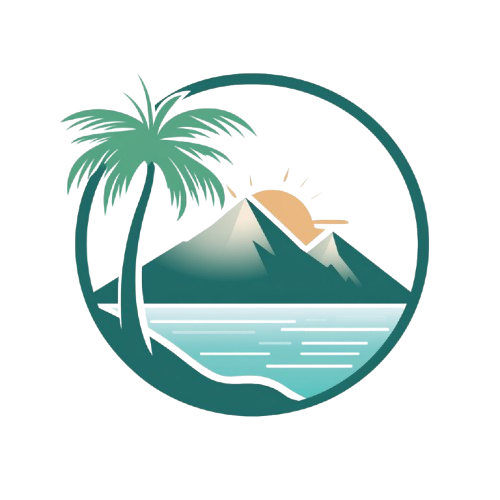In 1385, the Union of Krewo was signed.
It initiated a personal union between Poland and Lithuania through the marriage of Władysław Jagiełło and Jadwiga, and Jagiełło’s coronation as King of Poland.
This alliance was necessary for both countries.
The Grand Duchy of Lithuania was under attack from the east by the moskals, while the Kingdom of Poland struggled in the north with the Teutonic Knights.
At the same time, Lithuania controlled vast territories stretching from today’s Latvia to southern Ukraine, and we in Poland were strengthening structurally, technologically, and advancing educationally.
The alliance evolved over time, and just before the partitions, it led—under the May Constitution—to a de facto unification into one state.
Shame it happened so late and for such a short time.
Are there traces of Polishness in Lithuania? Yes.
Vilnius and the Vilnius region are dominated by residents of Polish origin.
But the most interesting place to visit is Soleczniki (Šalčininkai).
Close to Vilnius, very near the border with Belarus, 87% of the population there declares themselves Polish.
You’ll see signs in Polish and Lithuanian on public buildings, at the bus station, and on street signs.
But in everyday life, at the store or in a bar, people mostly speak russian—Polish people in Lithuania, speaking russian, often with a strong Belarusian accent.
A small Poland in Lithuania, with a russian language flavor.
We visited two cities: Vilnius and Šiauliai.
Vilnius is beautiful, filled with Ukrainian flags and hundreds of cafés.
Importantly, these are not tourist cafés.
Locals sit in them, having lunch or a quick coffee during their workday.
That’s uplifting and beautiful because in many countries the capital’s center has already turned into a tourist theme park.
Šiauliai is smaller but also interesting.
Clean, fairly modern, and I have to say—we found one of the most beautiful apartments during our travels there.
If anyone is planning a trip to Lithuania, message me—I can share the contact.
You’ll also find it on Booking under the name The Elegant Escape.
Before food—history again.
Was our shared history perfect? No.
But it was an example of cooperation between two nations that brought a lot of good.
For nearly four centuries, we were the largest state (union) in Europe.
In one alliance: Poles, Lithuanians, Ukrainians, Belarusians.
If only someone had managed it better… if not for Khmelnytsky… if not for the russians…
Well, shame.
Now for what we all like the most: food!
Coffee is really good, the food is decent, and there’s no problem with supplies in stores either.
On our way home, we stopped at some roadside restaurant—it was a bullseye, excellent!
Also worth noting:
Lots of greenery, beautiful nature.
In terms of looks and language, there’s a bit of Slavdom, a bit of the Balts, all seasoned with a touch of Scandinavia.
Is it worth visiting?
Definitely.
